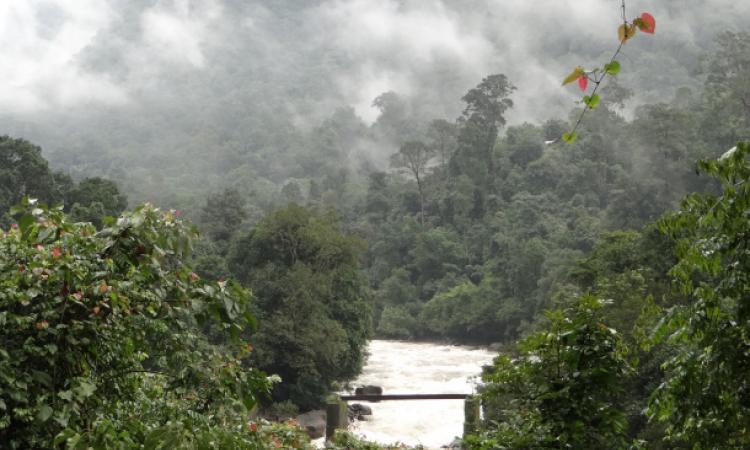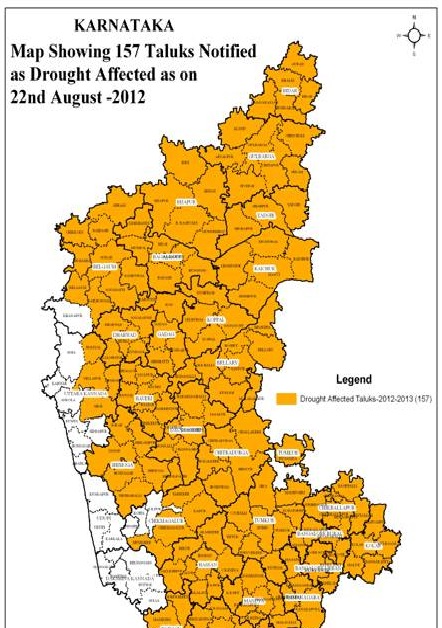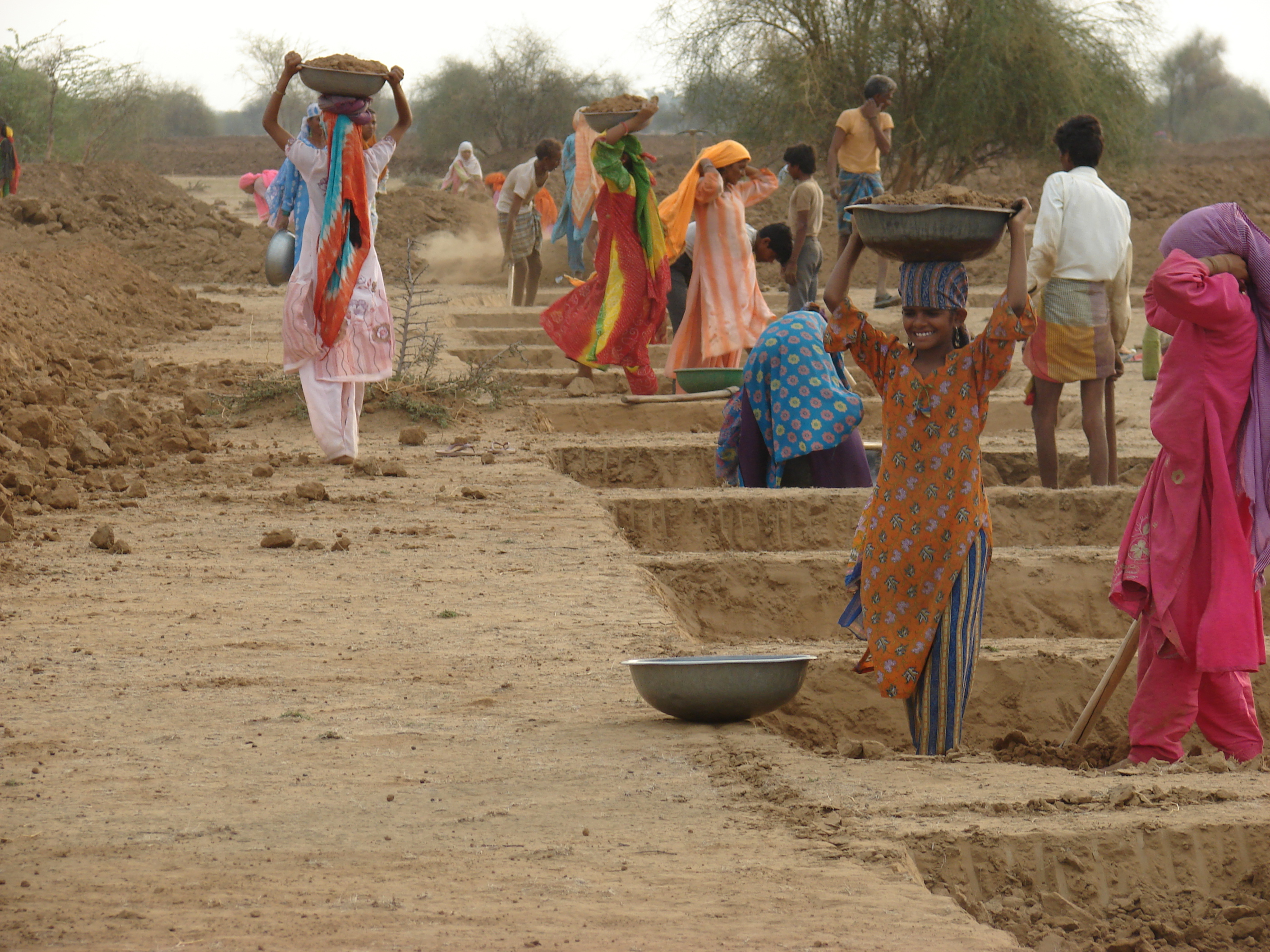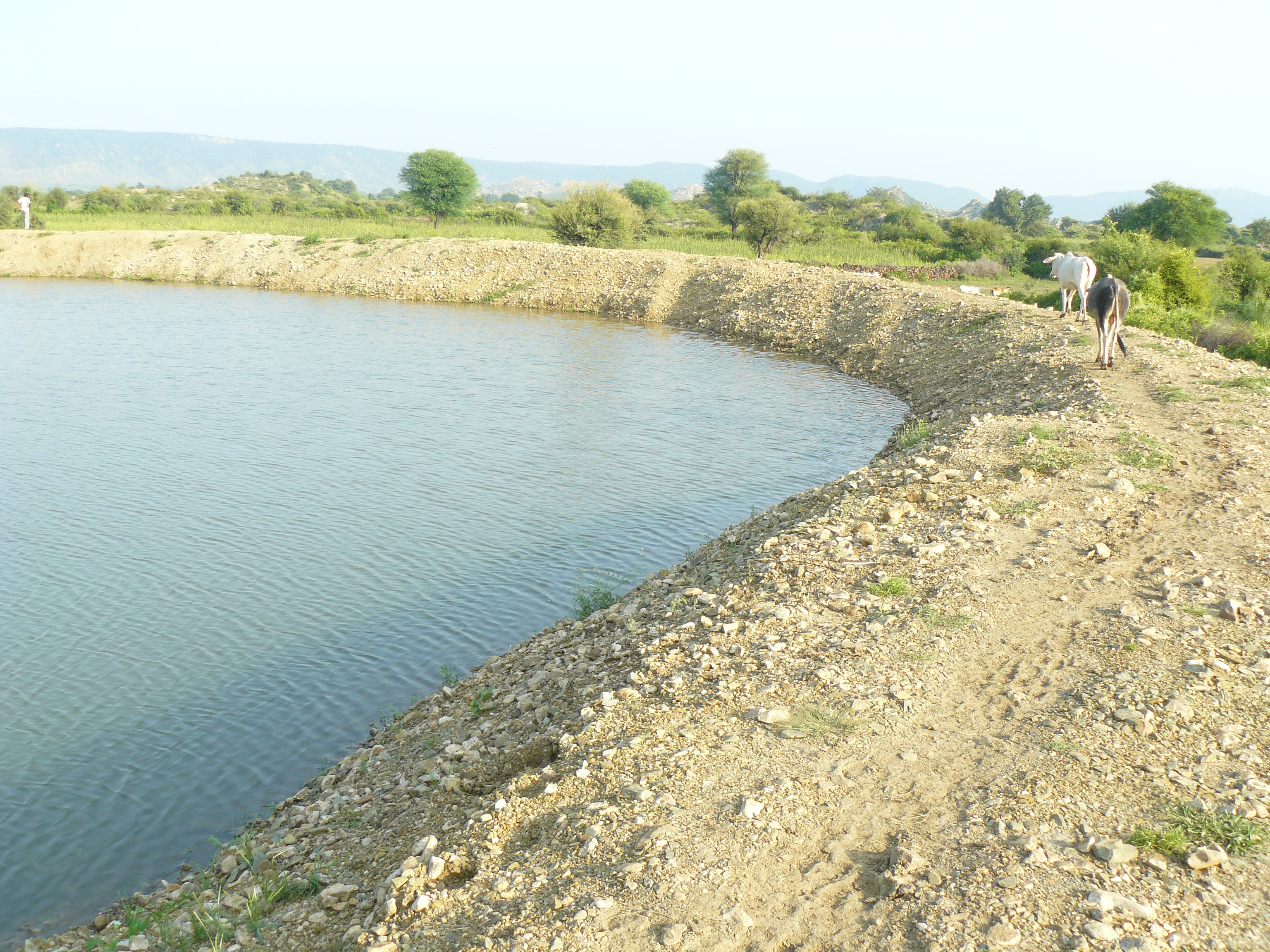
In July 2012, the Government of Karnataka approved the Yettinahole Diversion Project (YDP), which will cost an estimated Rs. 12,912.36 crore. This project is set to divert the head waters of the Gundia River (a tributary of the Kumardhara, which is a tributary of the Netravathi) in the west and transfer it to eastern parts of the state.
The project will be implemented in two stages to ensure drinking water to the drought-prone districts of Tumkur, Kolar, Chickballapur, Ramanagaram and Bangalore Rural. Two-thirds of the area in Karnataka has been notified as drought-affected as per the 2012-13 statistics from Karnataka Drought Monitoring Cell. Water will be brought in from eight streams through lift irrigation and 24.01 tmcft water supplied through tunnels to these districts.

Impact on the environment
The Karnataka Neeravari Nigam Limited (KNNL), which is proposing this project states that this is the best solution available to mitigate the drinking water problem of the region. They also claim that the proposal is sustainable, free from tribunals, has the least impact on the ecology and environment of the Western Ghats and can be completed in a short time span of five years. Mr. Jayachandra, Minister for Law and Parliamentary Affairs, has stated that there would be no environmental damage to the Western Ghats or the flow of the Netravati river due to the project in his press statement.
This project has been criticized by several activists, researchers and resident welfare associations of Dakshina Kannada region for several reasons:
Chikkaballpur and Kolar not the true beneficiaries: Careful reading of the project report shows that these two regions will get less than 50% of the diverted water- 14 TMC will be supplied to Hassan, Chikkamagalore, Tumkur and Bangalore Rural and only 10 TMC to Kolar and Chikkaballapur. Further reading shows that only 2.81 TMC is earmarked for drinking water supply. So, the claims that Kolar and Chikkaballapur will get 24 TMC water is false (Source: SANDRP).
Skirting of environmental clearance: There have been serious allegations that the Karnataka Neeravari Nigam Limited has misled the Ministry of Environment and Forests (MoEF) that the project does not attract environmental clearance under the 2006 notification, which is incorrect. As per Kishore Kumar of Malanada Janapara Horata Samiti, the project aims to supply water to 337 minor irrigation tanks and Zilla Parishad tanks in Kolar and Chikkaballapur. The command areas of these tanks is in reality 29,182 hectares and not 10,000 hectares as mentioned in the report. This places it under Category A, which requires environmental clearance from the Central Government under EIA notification 2006.
The project also talks about generating 125 to 150 MW of power through gravity canals. Since this is more than 25 MW, it necessitates clearance from the Expert Appraisal Committee of the MoEF.
People’s representatives from the districts expected to benefit from the proposed Yettinahole project are keen on laying the foundation stone for the project. According to members of the Shashwata Neervari Horata Samiti from Kolar and Chikballapur, the project should not be restricted to only providing drinking water and should be implemented with the larger purpose of providing irrigation facilities to the region under the Netravati River Diversion Project.
Is diversion of these waters the only option for water security?

Experts say, "No"! According to Shree Padre, who is known as the 'Rain Man of Canara coast', there are several examples in the country that Kolar and Chikkaballapur can learn from to be self sufficient for water. He quotes the examples of Lapodia in Jaipur, Rajasthan where the average annual rainfall is around 400 mm. People have adopted the Chauka method of rainwater harvesting to meetthe water needs of the people.
Another example that he mentioned was a village in Khandwa, Madhya Pradesh which was dependent on tankers for water. They adopted the Total Water Harvesting system using trenches and within a year, said good-bye to tankers forever. "Involving communities in water management is the key to success and sustainability", he says.
 Taking the example of river rejuvenation work that Sambhav Trust did for a 17 KM stretch of Nanduwali in Jaipur, he explained that the NGO only played the role of a facilitator. By involving communities right from planning to execution to monitoring, the entire project was completed in approximately 5 years with an investment as low as Rs. 31 lakhs.
Taking the example of river rejuvenation work that Sambhav Trust did for a 17 KM stretch of Nanduwali in Jaipur, he explained that the NGO only played the role of a facilitator. By involving communities right from planning to execution to monitoring, the entire project was completed in approximately 5 years with an investment as low as Rs. 31 lakhs.
 S. Vishwanath, Bangalore's rainwater harvesting expert, says that the Yettinahole project is indeed a costly endeavour. Rainwater harvesting will be a much cheaper, more participative and sustainable endeavour for Kolar and Chikballapur.
S. Vishwanath, Bangalore's rainwater harvesting expert, says that the Yettinahole project is indeed a costly endeavour. Rainwater harvesting will be a much cheaper, more participative and sustainable endeavour for Kolar and Chikballapur.
Mallikarjuna Hosapalya, a water expert from Tumkur, Karnataka says that the Diversion Project has now become a political issue. People used to live in Kolar and Chikkaballapur in the past but did not face such acute water problems. This is a resultant of mismanagement of available water resources by growing water intensive crops, mismanagement of water bodies and groundwater exploitation due to rapid urbanisation.
The drinking water needs of the locals must be met, but with local solutions. Creating awareness in people is extremely important. Bringing in water from elsewhere may meet today’s water necessities, but how does one ensure that this water will reach ordinary citizens permanently?
More viable options
The case of farmer Ashok Reddy in Kolar, is a classic example where he has not only overcome the dependency on water provided by the borewells but also managed to refill a dried-up borewell in the middle of his farm through harvesting rainwater. A study conducted in 2008-09 by a team from University of Agricultural Sciences, Bangalore concludes that investments on water harvesting structures is cost-effective and financially-viable.
Kolar gets an average rainfall of 740mm and Chikkaballapur 750mm, according to the Central GroundWater Board Report. This is at least on par with the average rainfall of the places that have demonstrated water self sufficiency. The government should look at time-tested, optimal solutions such as rainwater harvesting to meet the drinking water needs of the people. It should believe in its people, educate them and resort to decentralized and local solutions. Though the Government of Karnataka has made rainwater harvesting mandatory in all municipal limits in 2012, there is very little effort on the ground to implement this in Chikkaballapur.
Water is a basic necessity and is a human right. People of Kolar and Chikkaballapur are water starved and their requirements have to be met but this should not happen at the cost of the environment of Dakshin Kannada.
Historically, water connected people. It's time that it was stopped being used as a means to divide them.